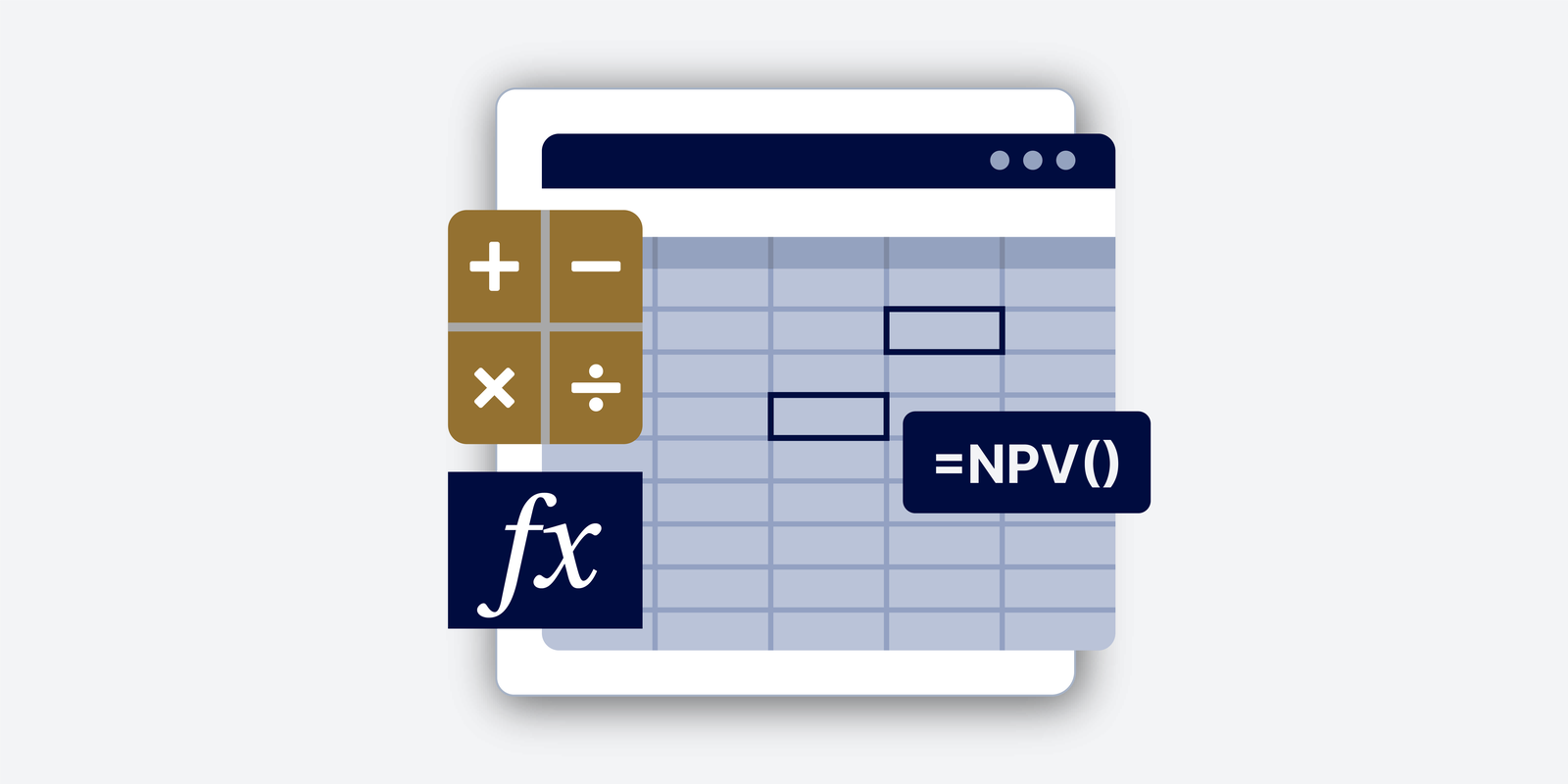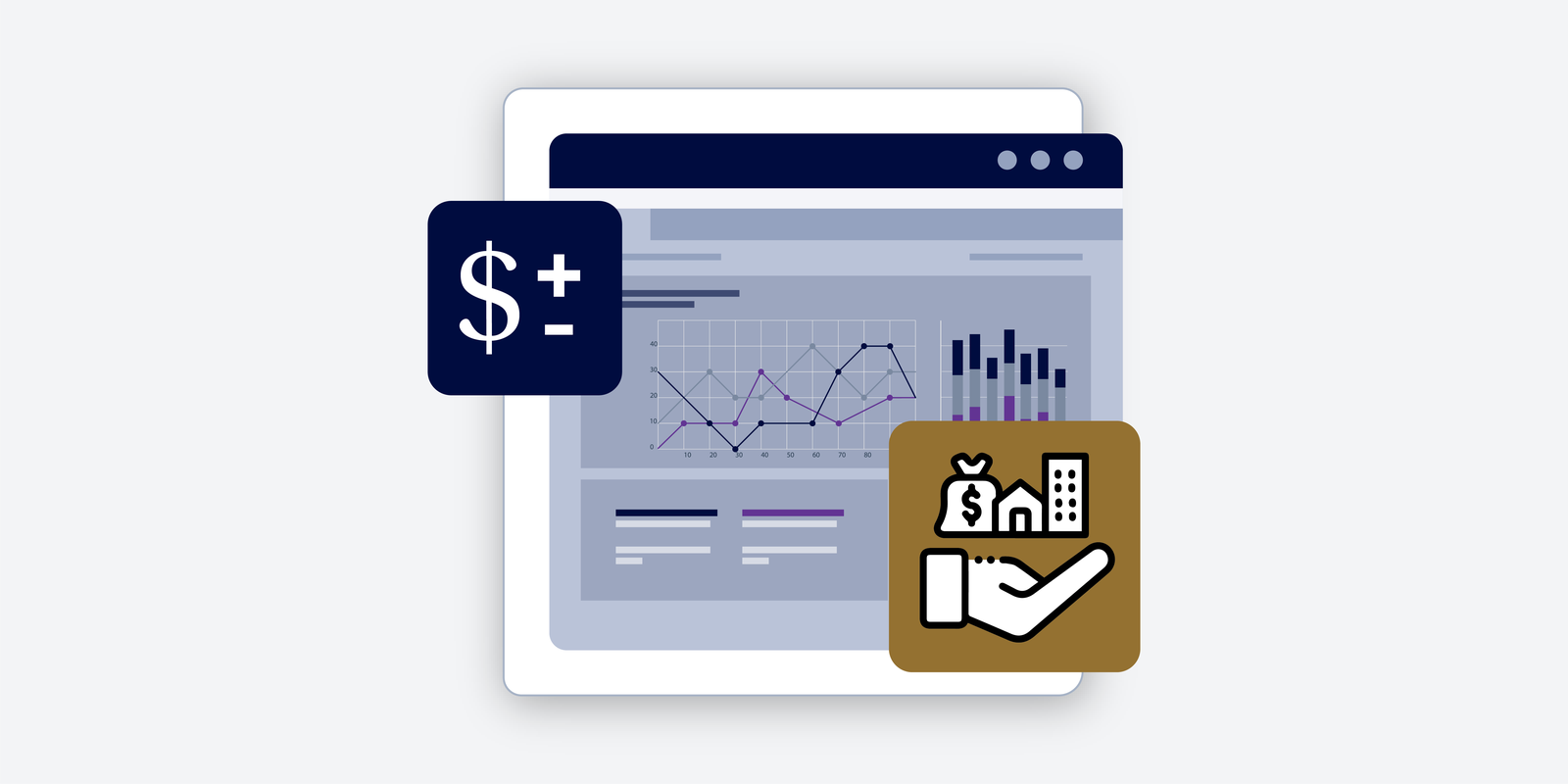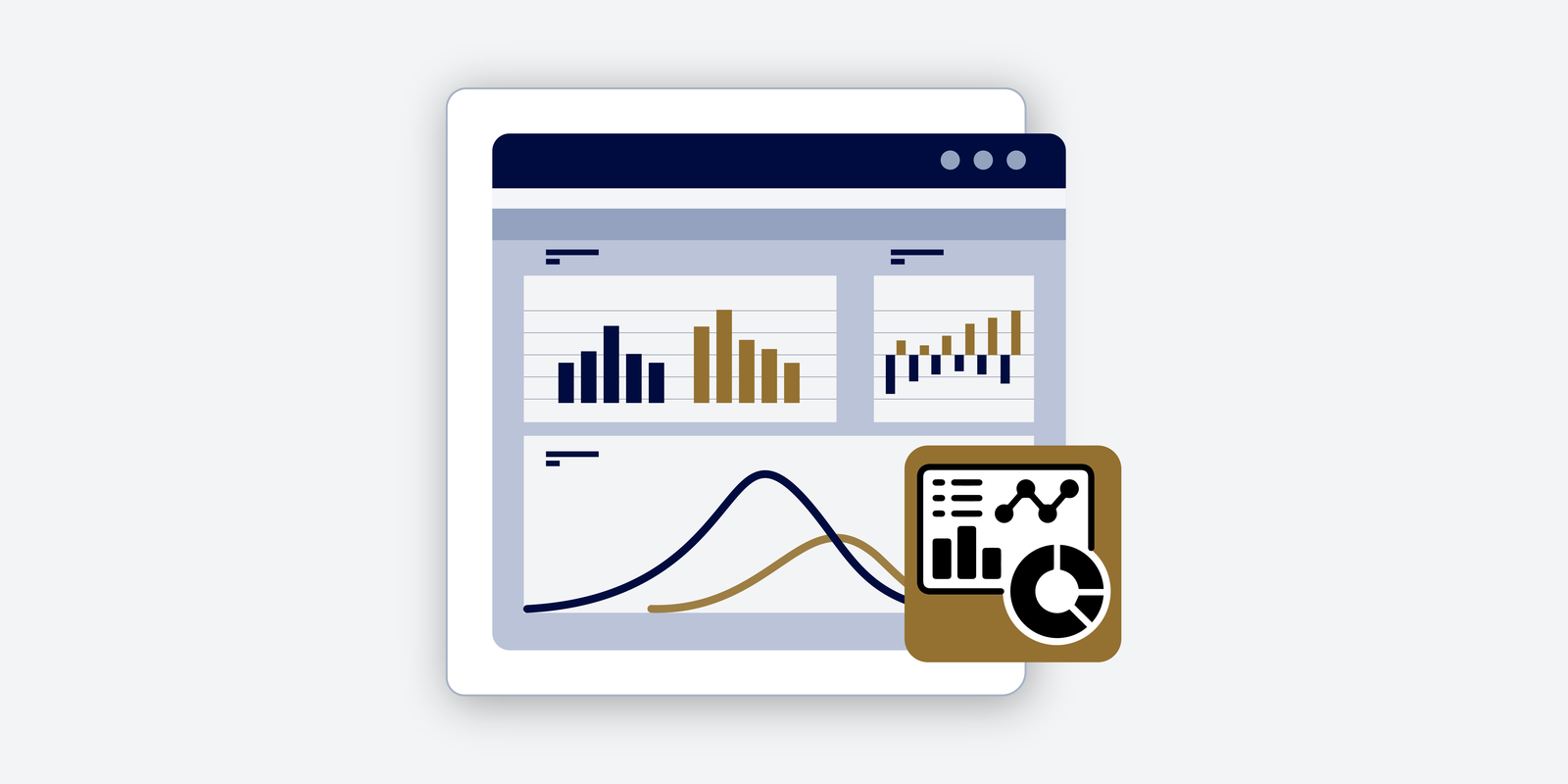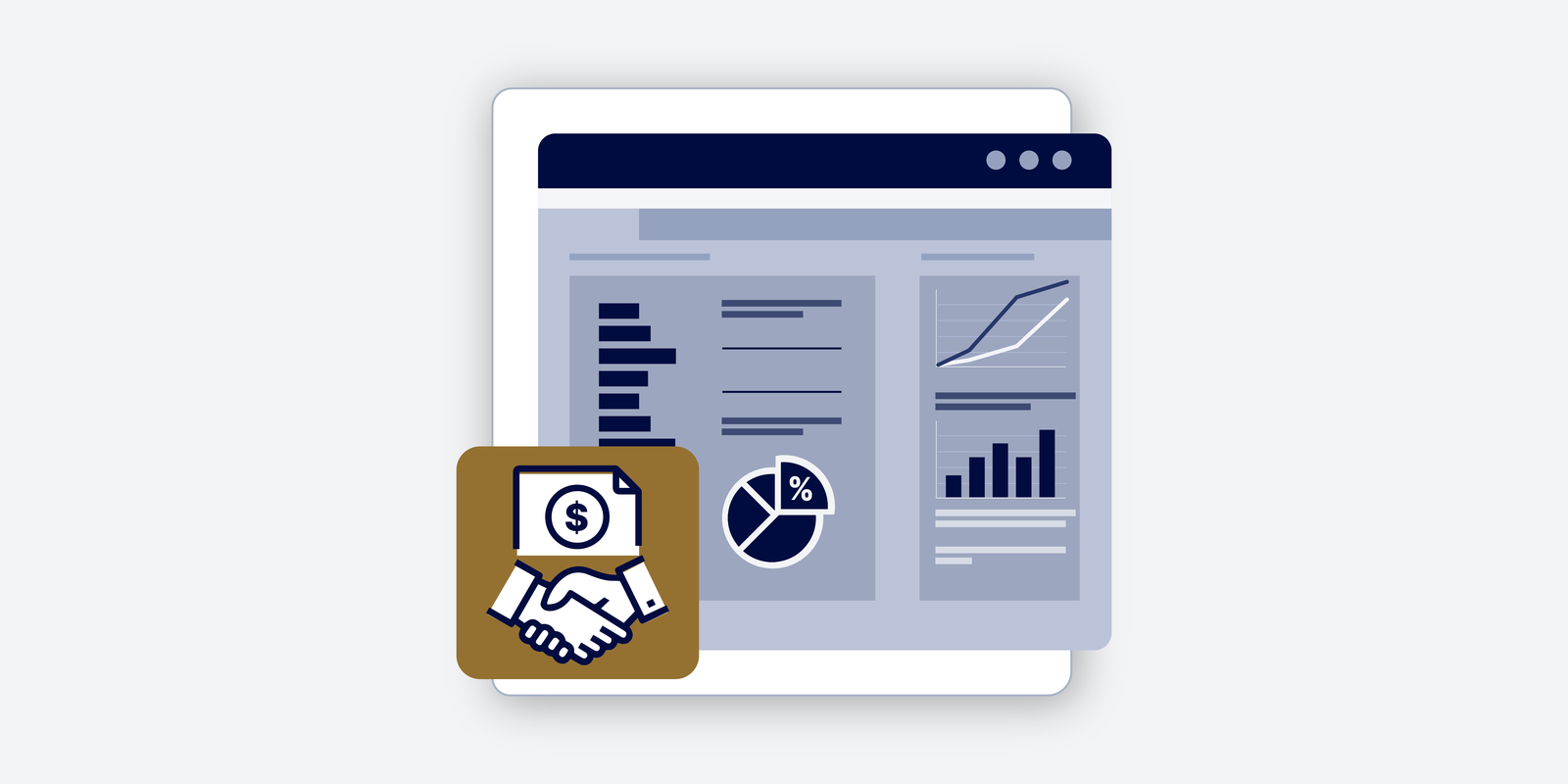Corporate Finance Explained | How Stock Market Indices Shape Valuations and Strategy
The Hidden Power of Stock Indices: S&P 500, Dow, & Corporate Strategy
Everyone sees the headlines (“The S&P 500 is up”), but few understand the mechanics behind these indices and how they actively shape the global flow of trillions of dollars. Indices are not just scoreboards; they are the architecture of modern capital flow.
In this episode of Corporate Finance Explained on FinPod, we get under the hood of the S&P 500, the Dow Jones, and the NASDAQ to reveal how index inclusion dictates corporate strategy, CEO pay, and a company’s fundamental access to capital.
This episode covers:
The Architecture of Major Indices
We break down the fundamental rules of construction that determine where trillions of dollars are invested:
- S&P 500: Chosen by a committee based on meticulous criteria: large market cap, strong liquidity, stable earnings (positive in the last four quarters), and, crucially, a high public float (shares available for public trading).
- Dow Jones Industrial Average (DJIA): The symbolic relic, a small, subjectively chosen, and historically price-weighted index where share price (not market cap) dictates influence. Its changes are profound cultural signals (e.g., GE’s removal).
- NASDAQ Composite: The tech engine is a market-cap-weighted index where size truly matters, meaning giants like Apple and Nvidia drive performance.
The Inclusion Effect: Billions in Motion
When a company is added to a major index, it triggers a mandatory wave of passive capital, instantly reshaping its financial profile:
- Mandatory Demand: Index funds managing trillions are forced to buy the stock, regardless of valuation, creating an instant stock price surge (Tesla’s chaotic 2020 entry).
- Structural Benefits: Inclusion boosts liquidity, provides huge prestige, and, most powerfully, results in a lower cost of capital for future growth and expansion.
- Historical Markers: Index removals are devastating public demotions, signaling fading relevance and structural distress (GE’s removal after 110 years, Exxon Mobil being replaced by Salesforce).
Strategy & CEO Pay
The influence of indices extends directly into the C-suite, dictating day-to-day strategic focus:
- Executive Compensation: CEO and CFO bonuses are often tied to metrics like Total Shareholder Return (TSR) relative to the S&P 500, making index performance the benchmark for their paycheck.
- Gearing for Inclusion: Companies actively clean up their balance sheets, reduce leverage, and manage share structure (to increase public float) to please the index gatekeepers—a massive strategic finance initiative.
- IR’s Crucial Role: Inclusion expands a company’s visibility, forcing finance and investor relations (IR) teams to adopt a higher level of transparency and consistent messaging for a much broader, more demanding shareholder base.
Transcript
Welcome back to the Deep Dive. You’ve brought together a really powerful set of sources for us today, everything from the super technical rules of index construction to some pretty sharp case studies on corporate finance.
(…)
Yeah, and it’s a crucial Deep Dive to do because, you know, everyone hears the headlines. The S&P 500 is up 1.2% today. Exactly. But that surface number hides a much bigger truth. These indices, they aren’t just scoreboards, they’re actually market shaping tools. And that’s really the core of our mission here, isn’t it? To get under the hood and see why the S&P 500, the Dow, the NASDAQ, they’re actually active strategic forces. They really are. We’re talking about something that dictates the flow of trillions of dollars. And that influences corporate strategy right from the CEO’s office down to, well, the finance department. It just redefines what success even looks like. And this Deep Dive should give you a shortcut to understanding that hidden mechanism. I mean, these indices influence how investors behave. They determine how efficiently a company can raise capital. They lock in strategic positioning. And they’re even tied to how much executives get paid. Right. So you’ll walk away from this understanding, not just what the indices measure, but how they actively shape the market you’re investing in.
(…)
Okay, let’s unpack this. Right. I think we need to start with the fundamental building blocks. Makes sense. Because for a savvy investor, just saying an index is a basket of stocks just isn’t enough. We need to know how these giants are actually built. Precisely. And if we look at the S&P 500, for example, it’s so much more than a simple list. It’s a basket of 500 large US companies, but they’re chosen by a committee. A committee? Yeah. A committee that believes those specific companies best represent the US economy as a whole. And this is a key point. It is not just the 500 biggest companies by market cap. A company has to actively earn its spot. It has to meet certain criteria. Absolutely. The bar is pretty high. You have to be US based. Your market cap needs to be in the tens of billions at least. And you need strong liquidity. Plus, and this is critical, you have to meet public float requirements.
(…)
Okay, let’s pause on that for a second. Public float. For anyone listening who might be prepping for a meeting, what does that mean in this context? Why is it so important to that S&P committee? Right. So, public float is just the number of shares that are actually available for the public to trade. It excludes shares held by say insiders or governments, big strategic owners who aren’t selling. So the shares that are actually liquid. Exactly. And the committee demands a high public float because the index funds, the ETFs, they need to be able to go out and buy those shares easily without massively distorting the price. If a company’s stock is all locked up by the founder, well, an index manager just can’t track it properly. That makes perfect sense. And the last big hurdle is profitability. Yes, you have to have positive earnings in your most recent quarter and you need positive cumulative earnings over the last four quarters. It’s the S&P’s way of signaling maturity and stability. Now let’s contrast that, that very meticulous rules-based system, with the granddaddy of them all, the Dow Jones Industrial Average.
(…)
Ah, the Dow Jones. It’s small, it’s subjective, and it’s famous for its quirks. It is so old school and that’s kind of its charm, but also its biggest anomaly. It’s only 30 large companies and they’re not selected by some algorithm. No. They’re picked by the editors at the Wall Street Journal. It’s a subjective editorial choice, which makes it incredibly symbolic, but financially a little weird. And here’s the really critical part financially speaking. The Dow is price weighted. This feels like a historical accident, but it has a huge impact on how the index moves. It is 100% a historical accident. It goes back over a century and price weighting just means a stock that trades at say $500 a share has five times the influence of a stock that trades at $100 a share. Regardless of the total size of the company. Exactly. The market cap doesn’t matter. It’s just the share price. So if it’s such an anomaly, why should anyone really pay attention to the Dow in 2024?
(…)
Isn’t it just a relic? That’s a great question. And in terms of actually tracking the market, you’re right. The S&P 500 or the NASDAQ are way better, but the Dow, it just has this unparalleled symbolic weight. Like when GE was removed. Exactly. That wasn’t just a financial event. It was a cultural one. It signaled the decline of old industrial America. And that symbolism, that still moves markets on sentiment alone. That highlights the weirdness perfectly. Okay, last of the big three, the NASDAQ composite. The NASDAQ is the tech engine. Simple as that. It’s got over 3000 stocks from the NASDAQ exchange. So it’s got a huge scope, but yeah, a very heavy tilt toward technology. And unlike the Dow, it is market cap weighted. It is. So here, size really does matter. The biggest companies by valuation, your Apple’s Microsoft’s, Amazon’s, they’re the ones driving the performance. Yeah. If Apple has a bad day, the whole NASDAQ Composite feels it. Way more than thousands of smaller companies combined. And that’s generally seen as the most accurate way to reflect a sector like tech.
(…)
So now that we have the rules of admission down, let’s talk about the index inclusion effect. This is where we bridge the gap between financial theory and the billions of dollars that actually move because of it. This is it. This is the moment where passive investing just fundamentally changes the game for corporate valuation. So when a company gets added to a major index, it triggers an instant mandatory tidal wave of capital. Yeah. You have these massive funds managing trillions that are legally bound to track that benchmark perfectly. So if I’m running an S&P 500 index fund, the second the committee announces a new company is joining, I am forced to buy its stock. You are. It doesn’t matter if I think it’s overvalued or undervalued, I have to buy it. You have to buy it to avoid what’s called tracking error. And that guaranteed demand, it almost always creates a short-term stock price surge. That’s the inclusion effect. And beyond that initial pop in the price, what are the more structural long-term benefits for a company that gets included?
(…)
Oh, the benefits are huge. They completely reshape a company’s financial profile. First, all that institutional ownership boosts liquidity like crazy. It shrinks the bid-ask spread. Makes it easier and cheaper to trade. Yep. Which attracts even more investors. And second, it’s a huge prestige boost. It’s a signal to the whole world that your governance and your financial stability are top tier. And the third benefit is the one that really hits the balance sheet. This is the most powerful one, a lower cost of capital. When you have guaranteed, mandatory institutional demand, the risk associated with your stock just goes down. So you get access to cheaper financing for future growth. Exactly. Every future investment, every expansion, it all becomes cheaper. It’s a massive competitive edge.
(…)
Let’s get into the case studies because these are historic moments. We have to start with the chaotic entry of Tesla into the S&P in 2020. Tesla was monumental. It wasn’t just a big company. It was one of the biggest inclusions ever. I think analysts estimated index funds had to buy something like $70 billion worth of shares. $70 billion. Yeah. The trading volume in the weeks leading up to it was just dizzying. It was institutional managers all scrambling to get positioned. It instantly cemented Tesla’s status as a core component of the US economy. And the symbolism really shines through when you watch the Dow replacements. Salesforce getting in and Exxon Mobile getting kicked out at the same time. That was such a pivotal moment. The Dow committee was basically shouting from the rooftops that the future of US industry is cloud software, not oil and gas. And for Salesforce, that meant a whole new investor base. A broader one, for sure. Maybe more conservative, more stability-focused investors who just buy the Dow. We also see weightings changing inside the indices, right? Like with Nvidia. Oh, absolutely. Nvidia’s explosion, all tied to AI, has led to these huge weight increases across all the market cap weighted indices. And every time it gets bigger, the index funds have to buy more. It’s a self-fulfilling cycle. It is. A self-fulfilling prophecy of institutional demand driven by technological leadership. So we’ve seen the success stories. What about the other side of the coin? The removals. There are often these painful, very public signals that a company’s leadership is fading.
(…)
General Electric is the textbook case here. GE was a foundational member of the Dow. I mean, they were in it for over 110 years. A century. So it’s removal in 2018. That was the stunning public declaration that the company was in real operational distress. It sent a devastating signal to investors that just compounded all their other problems. It’s the ultimate public demotion. Yeah. And Exxon faced a similar thing when Salesforce replaced it. It really reinforced that long-term trend away from oil and gas and toward tech. And the key difference in removal is that now all those index funds are forced to divest. We have to sell. Right. And for Exxon, that meant more stock volatility and a permanent loss of that deep, mandatory institutional buyer pool. And even in tech, the turnover is just fierce. I mean, Yahoo, getting removed from the NASDAQ 100. Was a clear signal of fading relevance. Absolutely. It’s a shrinking market cap. It’s loss of competitiveness. The index removal just kind of rubber-stamped it. These aren’t just administrative changes. They are historical markers of a shift in economic power. Which brings us right into the C-suite, into the boardroom. If indices are this powerful, how do these big macro shifts actually influence day-to-day corporate strategy?
(…)
The influence is profound mainly because it’s baked right into executive pay. Right. If you look at compensation packages for CEOs and CFOs, you’ll see metrics like S&P 500 outperformance or total shareholder return relative to the NASDAQ all over the place. Let’s just quickly clarify. Total shareholder return or TSR. Why is that the benchmark that’s so often tied to pay? Well, TSR is the most complete way to measure the payoff for an investor. It’s not just the stock price going up. It’s the press appreciation plus any dividends you get paid out over a period of time. So it’s a full picture. It’s the full picture. So, tying a CEO’s bonus to TSR relative to the S&P 500, it ensures the executive is focused on delivering returns that actually beat the market benchmark. The index literally sets the standard for their paycheck. So if my bonus depends on beating the S&P, then I’m going to start running my company in a way that makes it more likely to get included in the S&P.
(…)
You’ve got it. Companies that are aiming for inclusion, they stop thinking just about market opportunity. They start prioritizing the things, the selection committee values, stable earnings, low volatility, strong governance, and increasing that public float. Their whole capital allocation strategy gets geared toward pleasing the index gatekeepers. It does. And that requires intense work from the finance team, especially investor relations. Why IR specifically? Because joining a major index just explodes a company’s visibility. All of a sudden you’ve got dozens of new analysts covering you. The number of meetings with big investors goes through the roof. The IR team has to be ready for a much broader, more demanding shareholder base. They need a higher level of transparency. Very consistent messaging.
(…)
So, how does the corporate finance team practically work to get the company ready for that? It’s a huge internal project. They’re basically trying to clean up the balance sheet and the operations. They’re focused on reducing leverage, improving profitability to show that stability we talked about, and actively managing their share structure to increase the public float. It sounds like one of the biggest strategic projects a public company can undertake. Without a doubt, preparing for index inclusion is a massive strategic finance initiative. This has been a genuinely fascinating deep dive. It’s just so clear that indices are not passive historical indicators. They are active strategic forces. They’re the architecture of modern capital flow. They shape investment. They dictate capital allocation. And they set the expectations for everyone from analysts to CEOs. Understanding how they’re built and how inclusion works is, I think, key to understanding where market power really is today.
(…)
So here’s a final provocative thought for you to chew on. If we agree that these indices reflect massive shifts in industry leadership, from industrial to energy and now to cloud and AI, what’s next? What sectors or corporate giants might be poised to force the next major symbolic index overhaul? What change is coming in, say biotech or renewable energy or even space exploration that’s so big it will make today’s leaders tomorrow’s removals?





